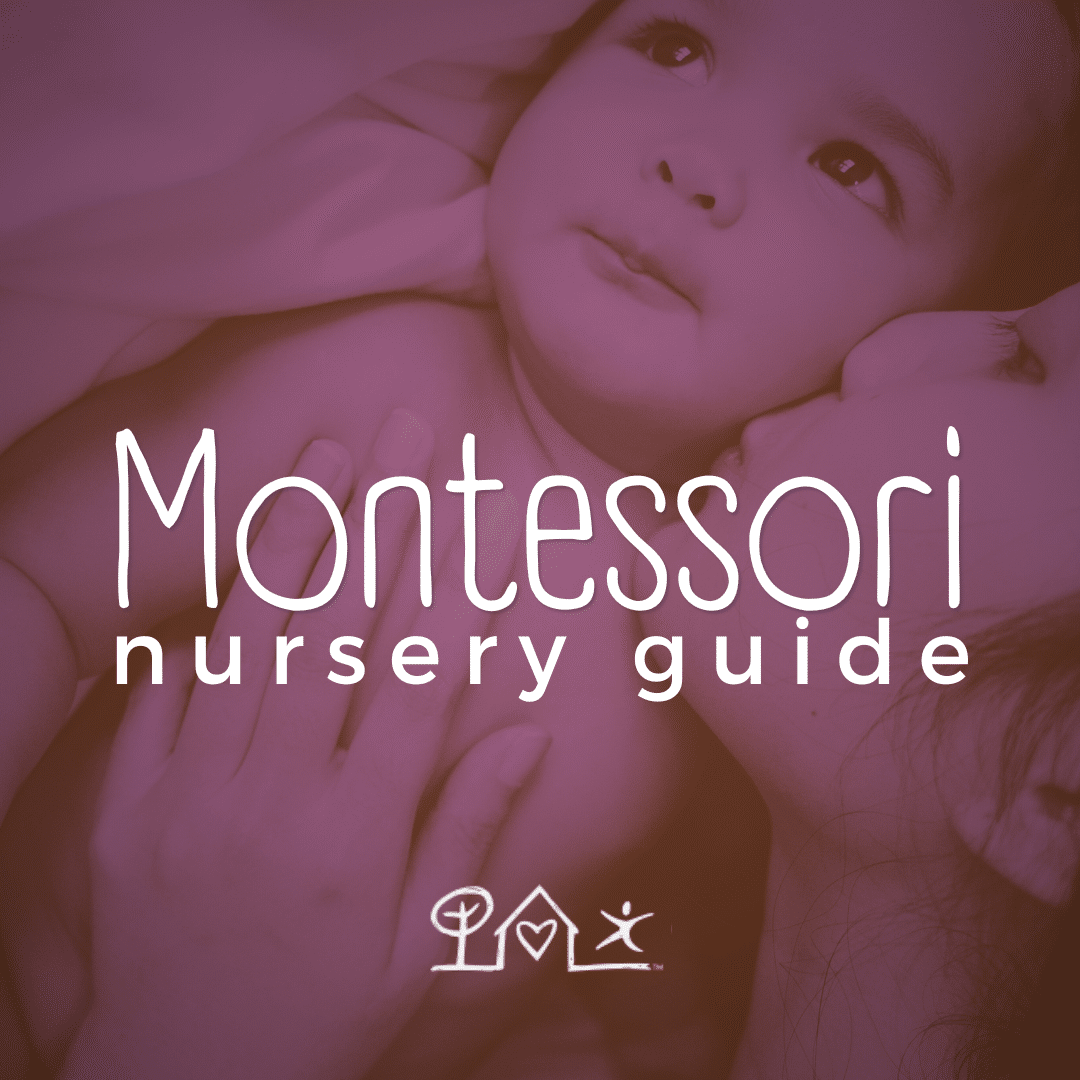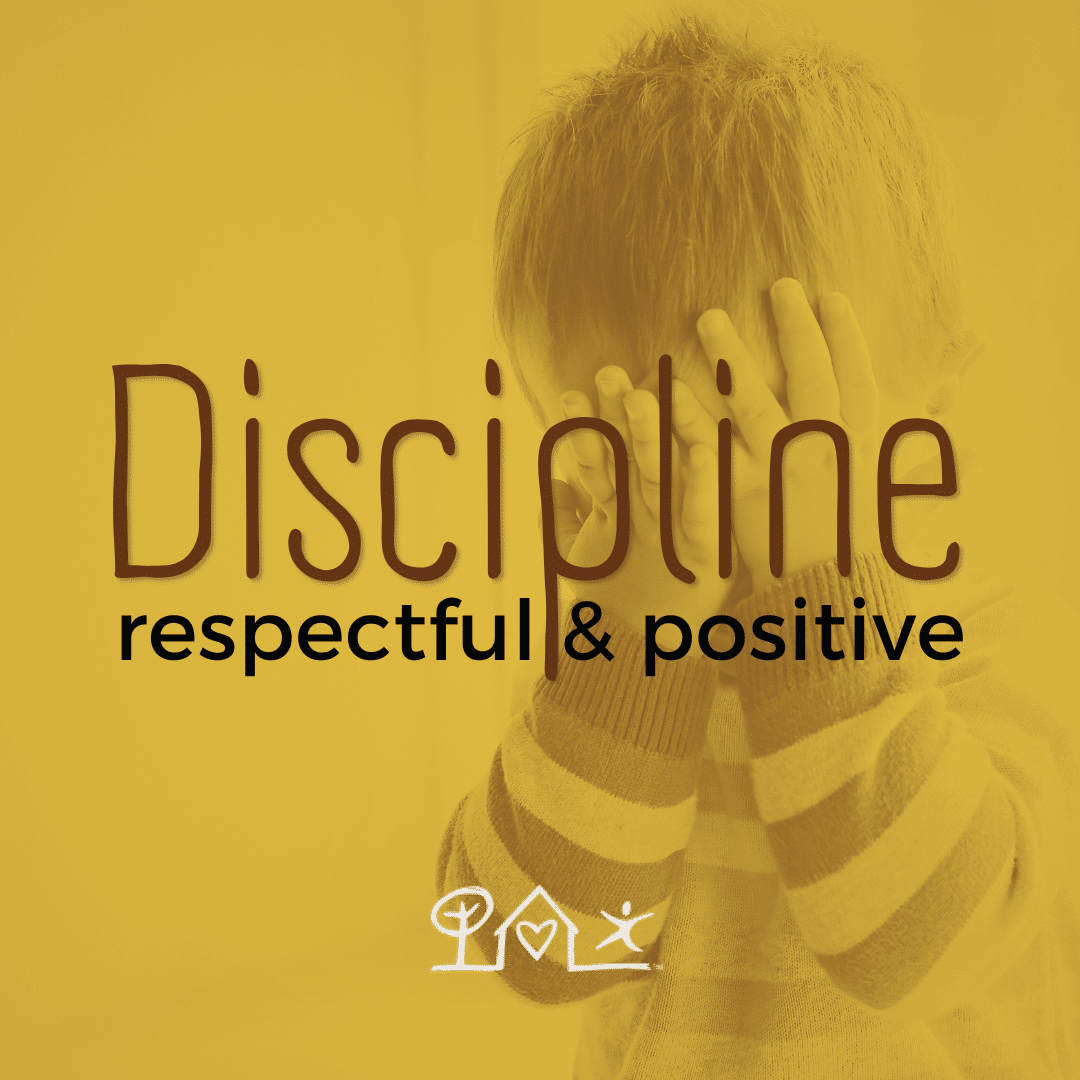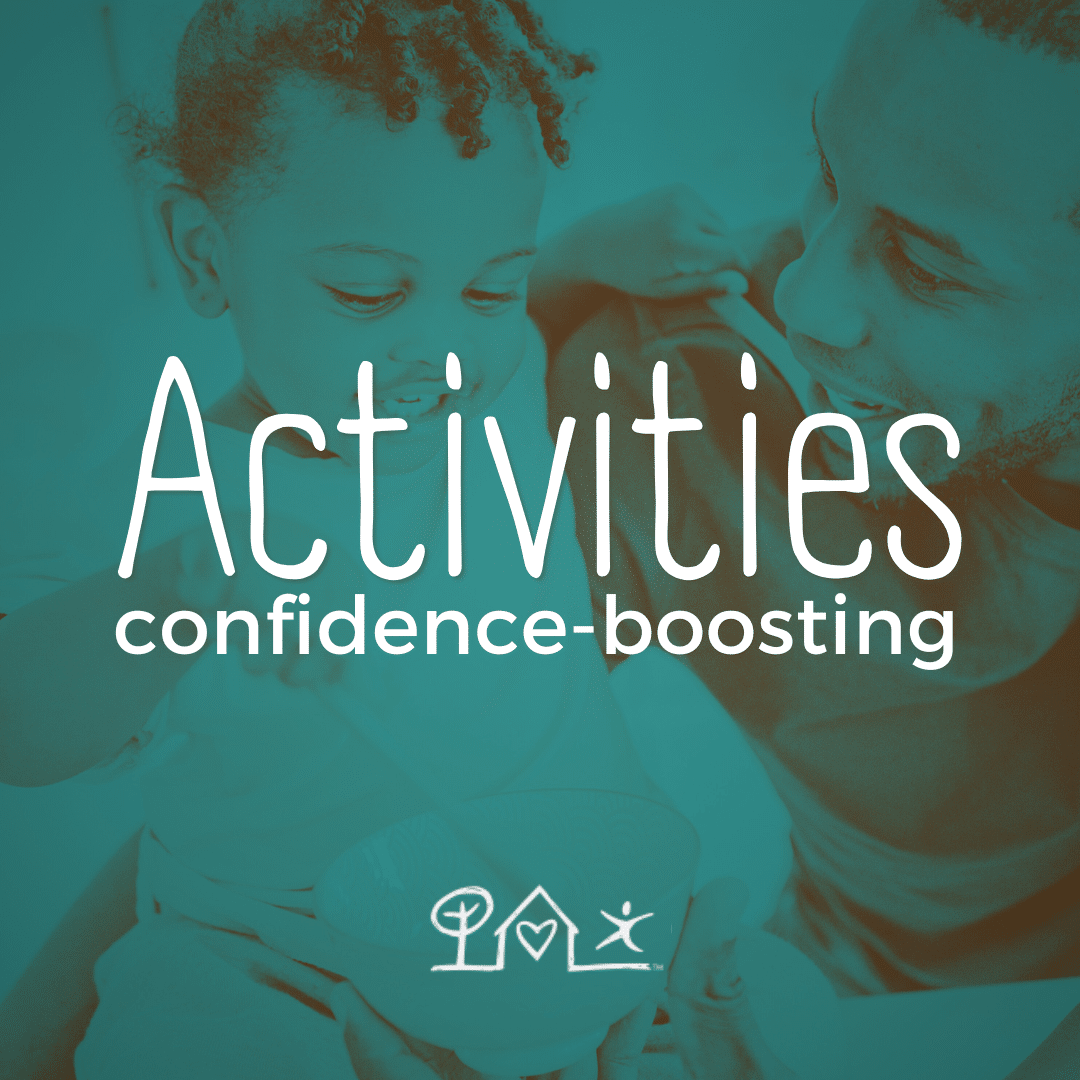Three-period language lesson with animals by Jeanne Marie Paynel from voilamontessori.com
THREE-PERIOD LESSON
In an earlier article we discussed the basics of using the Three-Period Lesson to introduce vocabulary. Did you try it with your child? How did it go?
Veteran Montessori guides will tell you that when you give a child a lesson, things don’t always go the way you expect them to. You might have noticed this when you tried doing the Three-Period Lesson with your child. If things didn’t go exactly as you planned, don’t fret! Watch the video below to learn great tips to guide your child towards success!
Choosing the right lesson items is the first step. If you’re working with a child under the age of six, make sure the objects are contrasting so the child can easily identify each one; for example, choose a circle, a triangle, and a square. On the other hand, if you’re working with a child older than six, try to find three objects that have shared characteristics, because this will raise his level of interest. So, for example, choose three flags that share a particular symbol (like a cross or stars).
During the first period of the Three-Period Lesson, the objective is to name the three objects. As clearly and succinctly as possible, give the names of the objects. If you are working with children younger than six, do not enter into a long discussion about the object’s defining characteristics, or try to keep the child’s attention by entertaining him with the objects. Just point to each one and name them in turn: “circle… square… triangle.” When working with older children, a brief discussion about the similarities between the objects will help to pique their interest. Older children no longer have that ability of very young children to quickly memorize complicated words, so they have to rely on interest and practice to develop a wider vocabulary.
The second period is the practice round. Start slowly, giving simple commands like: “Put the circle here. Move the triangle there.” If you see that the child is doing well, you can get creative and have fun! “Put the circle on your head! Take the triangle to the bathroom!” If other children are watching, you can involve them: “Give the square to Peter. Find the person who’s holding the circle.”
However, if the child is getting the vocabulary confused, you can try a couple of things. First, you can “help” by pointing to the object you are asking for: “Give me the triangle.” Do this only until you sense the child has a better grasp of the vocabulary. Another thing you can do is tell the child, “Put the circle on my lap. Take the circle from my lap.” Directing the child to where an object is to provide re-enforcement without discouraging him. If the child is still getting confused, the best thing to do is to smile, point out that you’re going to put the lesson away to work on something else, and re-visit the presentation in a few weeks.
With children under the age of three, stop after the second period. We don’t want to put pressure on them to say a word they can’t yet form. Trust me, if your toddler can say the word, he’ll say it during the second period! Even with older children, over the age of three, only do the third period of the Three-Period Lesson if the second period went well and you are certain they know the language and can repeat it back to you. With some children, you have to stay on the second period for a couple of days, and that’s OK. Our goal is for the child to feel successful, and there’s no deadline on this! The Three-Period Lesson is not a race. If you go on to the third period by pointing to an object and asking, “What’s this?” and the child tells you the wrong word, you can simply say with a smile, “Ah, the triangle is here.” Then, move on to the other item, leaving the one he couldn’t recall to the end.
With a little practice, you’ll become a pro at the Three-Period Lesson!
If you’d like some guidance in helping your child acquire proper language, contact me using the “Looking for more?” tab below.
The Three-Period Lesson is an essential Montessori tool for language development. It can be used with children starting in their second year of life and can evolve through the elementary years and beyond.
For more tips on how to introduce Montessori activities, read The Nine Key Points to Sharing a New Activity with Your Child.
P.S. Would you like my support and guidance setting-up your Montessori home? If, yes then go ahead and schedule a ‘Discovery Session’ with me. It’s free and you’ll know if we are a good fit. 😉







1 thought on “Three-Period Lesson with Animals”